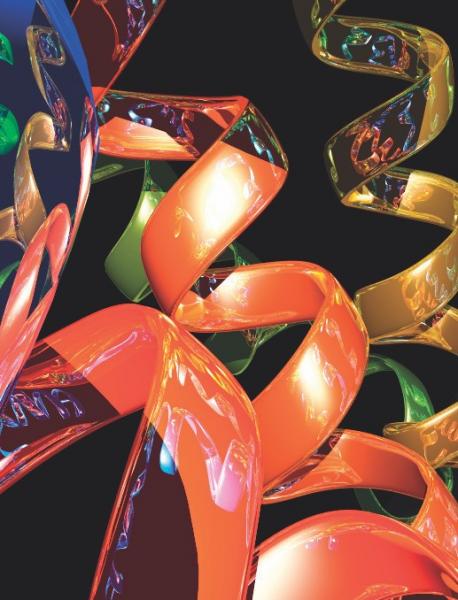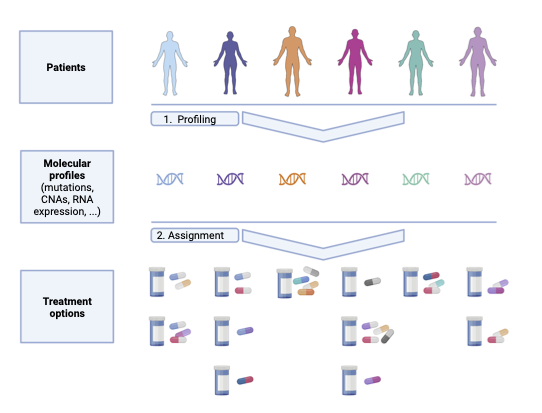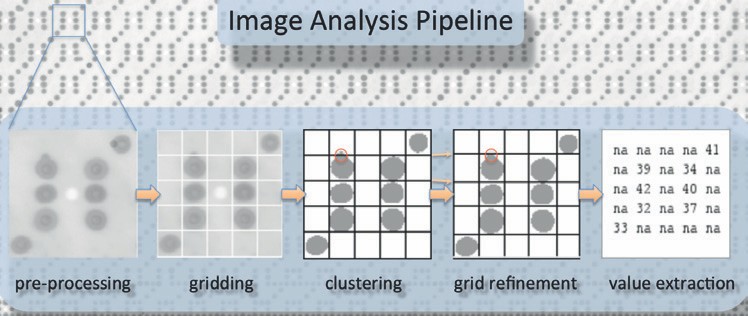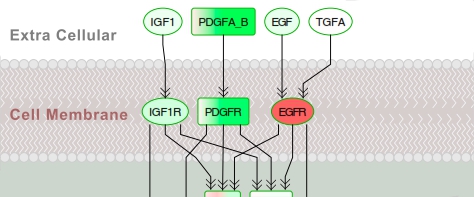Bioinformatics (Prof. Lenhof)
March 9, 2023 2023-11-23 13:47Bioinformatics (Prof. Lenhof)
About us
The Lenhof group develops bioinformatics methods and software for the elucidation of pathogenic processes and for the diagnosis, prognosis, and therapy of diseases

Head of the Group

Prof. Dr. Hans-Peter Lenhof
Hans-Peter Lenhof studied mathematics and chemistry at Saarland University (Diploma in Mathematics 1989). He obtained a PhD in Computer Science from Saarland University in 1993. He worked as a PostDoc at the Max Planck Institute for Informatics in Saarbrücken from 1993 to 1999. In 1999, he obtained the ‘venia legendi’ (Habilitation) for Computer Science from Saarland University and became the head of a research group (C3) at the MPI for Informatics. In 2000, he became professor for bioinformatics at Saarland University.
“The focus of our research is on the development of novel bioinformatics approaches for elucidating and studying the mechanisms of tumor initiation and progression with the goal to improve the diagnosis, prognosis, and therapy of cancer.”
Our Projects
Therapy
Cancer is a heterogeneous class of diseases. Even cancers of the same (sub)type can differ greatly in their genotype and phenotype. Due to this heterogeneity, each patient needs a personalized therapy. Today, more than 200 cancer drugs are available. However, the challenge is to find the best cancer drug or drug combination for a specific tumor.
Our research group is developing new approaches to support the optimization of tumor therapies. In particular, we focus on AI/ML methods for the prediction of effective therapies.

Diagnosis and Prognosis
In collaboration with the groups of Andreas Keller (Clinical Bioinformatics, Saarland University and HIPS) and Eckart Meese (Human Genetics, Saarland University), we are studying novel diagnostic approaches that are based on extensive autoantibody or miRNA signatures. In proof-of-principle studies, autoantibody or miRNA profiles of blood sera have been collected from a large number of diseased and unaffected persons. Classifiers that have been trained and evaluated on the resulting profiles obtained a high sensitivity and specificity for a large number of diseases among them meningioma, glioma, lung tumors, melanomas, and multiple sclerosis (MS).

Elucidation of Pathogenic Mechanisms
Complex biological processes can be described as chains or networks of single reactions and can, hence, be modeled as graphs whose nodes and edges represent the involved biomolecules and their reactions and interactions. We are developing novel approaches for the analysis and visualization of biological processes based on network models. Here, we are especially interested in novel methods for the detection and analysis of deregulated signaling cascades associated with or caused by pathogenic processes.


